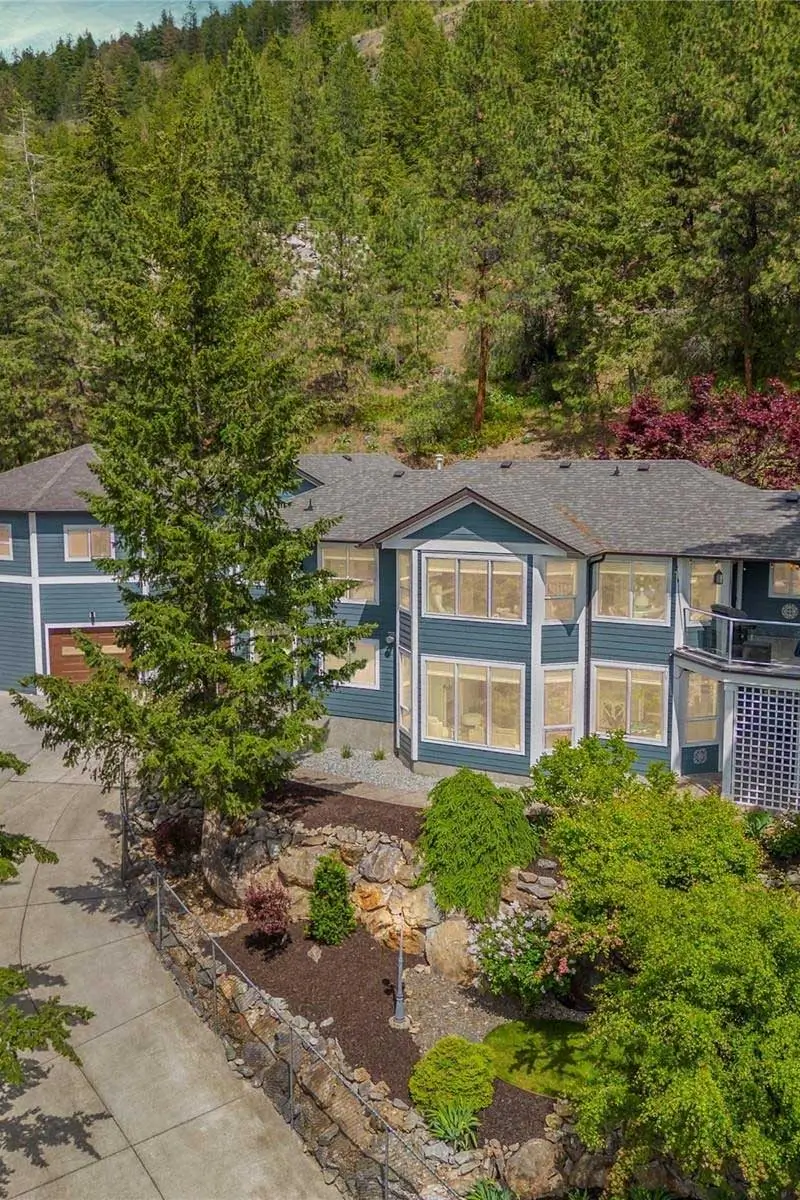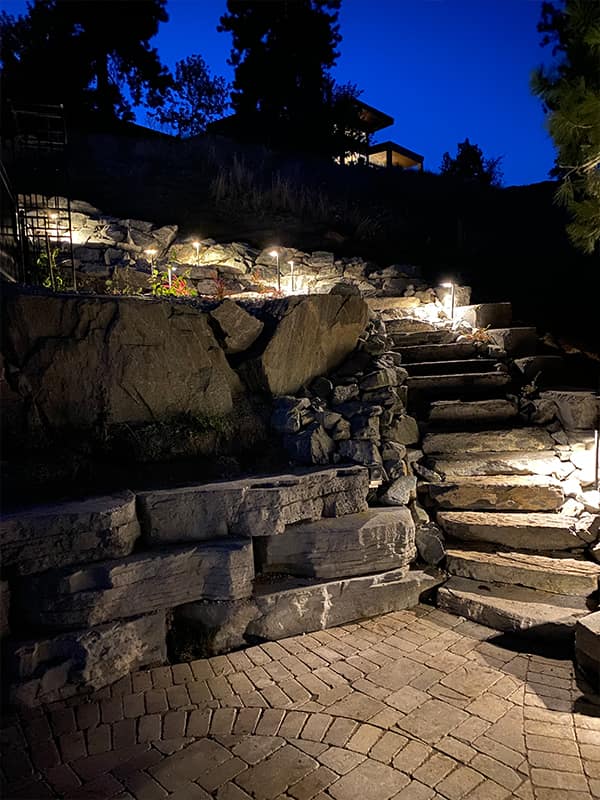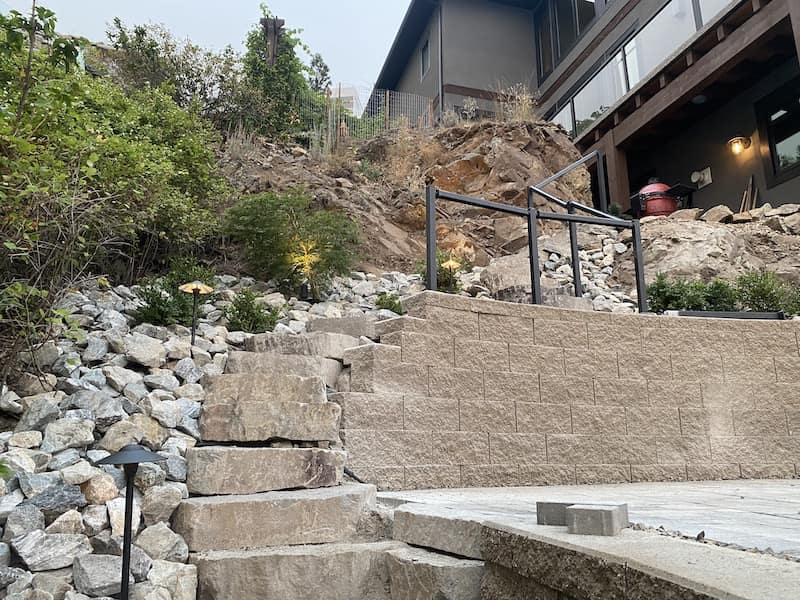STONE AND BLOCK RETAINING WALLS
The beginning of a great looking property starts with a great design. We will work with you to produce a design that fits your outdoor lifestyle now and into the future. We can add features such as retaining walls, patios, outdoor fireplaces, walkways, kitchens, and so much more. Whether you need to refurbish your existing property or for new construction, our designs will include the highest quality materials available on the market. With our skilled workmanship and attention to detail, we will build you a tranquil abode that is guaranteed to last.
- Design and build retaining walls, patios, outdoor fireplaces, walkways next to your waterfront, and resurface docks with the highest quality materials and workmanship.
- Create customized designs using 3D Occulus Quest to visualize the beach landscape before it is constructed.
- Offer a full range of services for both refurbishing existing waterfront properties and new waterfront construction.
- Utilize expert design experience to ensure maximum enjoyment and function at your waterfront
GREAT DESIGN IS BOTH BEAUTIFUL AND FUNCTIONAL

DESIGNING FOR LONG-LASTING BEAUTY
Using the latest advances in 3D computer design technology and 3D Occulus Quest equipment, we prepare retaining wall designs that allow you to envision yourself in the outdoor space before it is created. We work closely with you to make changes to your landscape design until it is just right for your needs.
Key Benefits of Using Rock and Stone in The Design
We understand your requirements for an outdoor space that is both inviting and practical. The experts at Kalagan Outdoor Design carefully design the rockwork that will:
- Extend your home’s beauty
- Add to your property value
- Add aesthetic beauty that improves with age
- Natural materials that blend together around patios, pools, lawns, and gardens
Call our office to learn more….
Retaining Walls & Block Work


Retaining Walls Prevent Soil Erosion
Retaining block walls are a great option to add majesty to any property. They also work effectively to prevent water erosion, protect soil and expand usable land on steep slopes (terracing). They are aesthetically pleasing and provide a safety barrier should your home be in a region affected by mudslides. Block walls can also be used to shore up valuable waterfront land from wave action. We build also dry rock walls to accent pathways and gardens. Other options include stone-faced rock walls that create an attractive landscape addition while increasing the stability of slopes.
Our Preferred Brands


